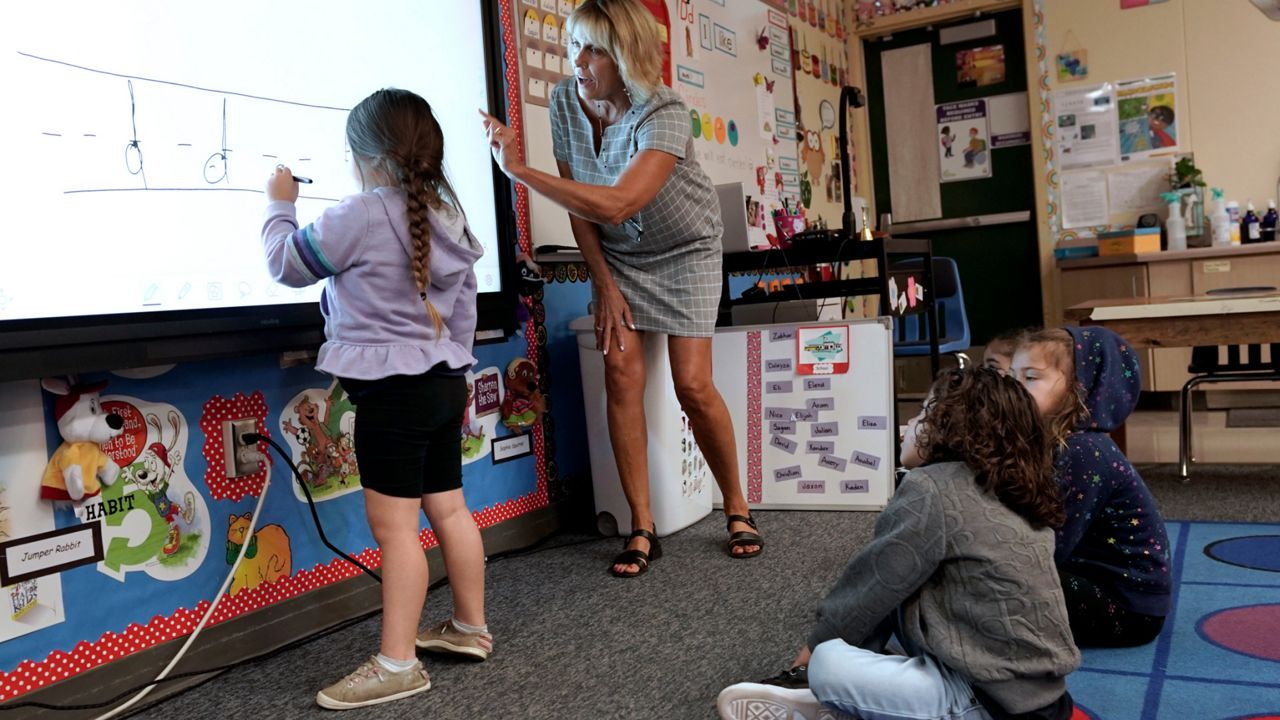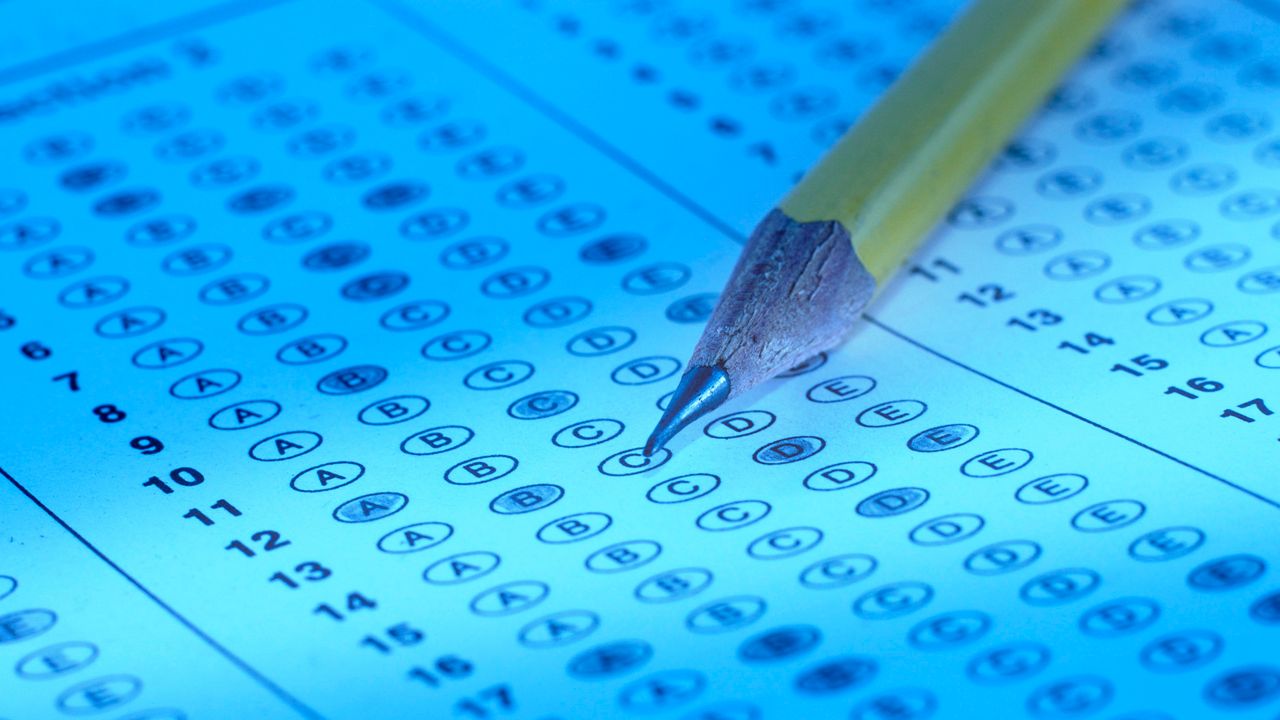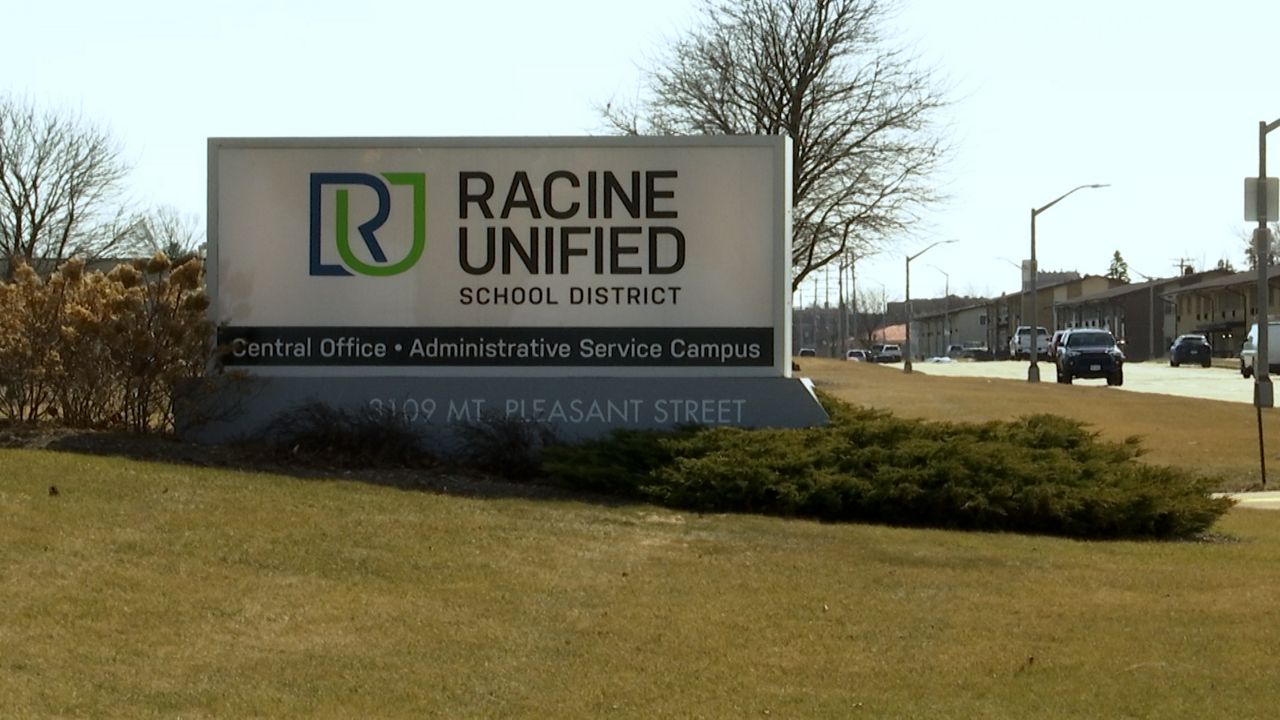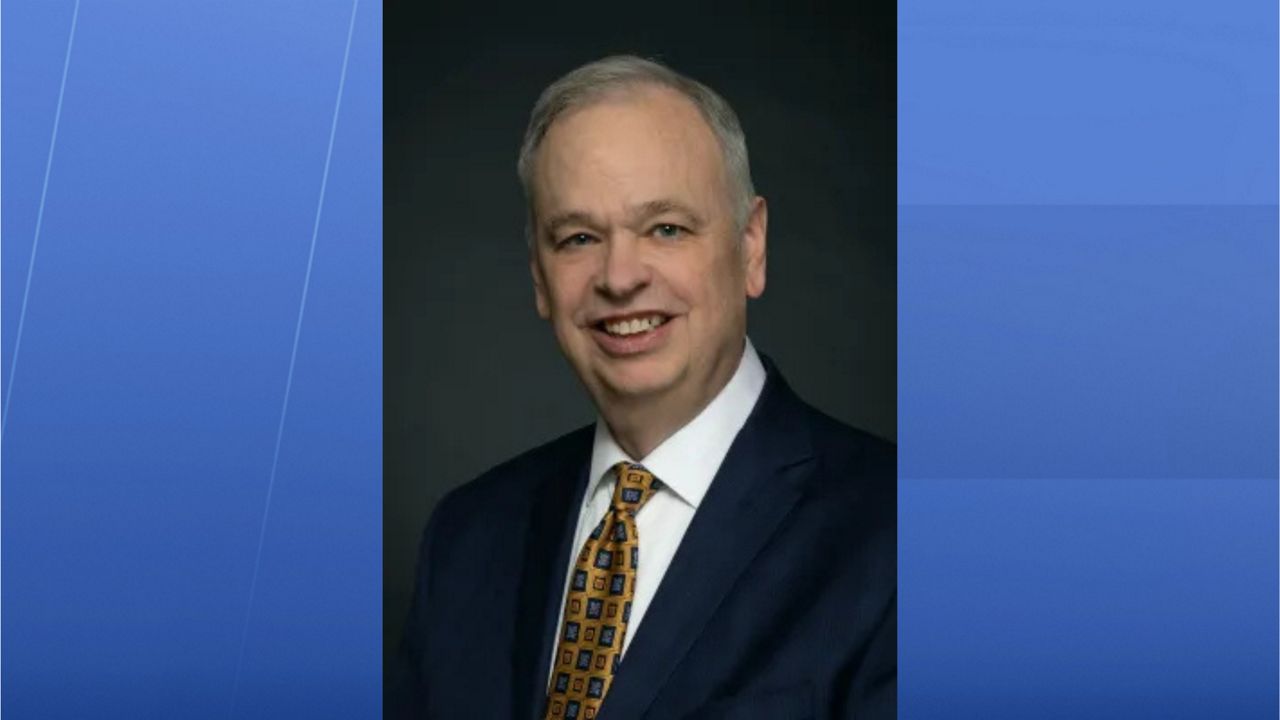WISCONSIN — Teacher turnover in Wisconsin surged in 2023, reaching a high of 15.8%, according to the latest Wisconsin Policy Forum report.
The data included both those who move to another district and who leave the teaching profession.
Record numbers of educators moved between school districts last school year. Many others left the profession altogether, with 2023 seeing the second highest exit rate.
This isn’t new. In 2022, turnover began to rise, with a 12.4% turnover rate. On average, about one in every 10 teachers had either left or moved school districts between the years 2009 and 2023. That’s an average turnover rate of 11.5%.
The years with the lowest turnover were in 2010 and 2011. Wisconsin Policy Forum officials said this may have to do with the Great Recession, as it motivated workers with steady income to stay at their job.
In the year following, turnover spiked. Officials said this could have to do with the passage of Act 10, where the state limited public employee collective bargaining. This was also the year where education saw the highest rate of teachers leaving the profession altogether.
Since 2012, turnover rates have never dipped below the 2010 and 2011 rates.
Forum officials said the current turnover rates are “concerning,” despite the fact they may stabilize or fall in the years to come. They say it may affect efforts by schools to help students recover learning loss caused by the pandemic and the ability of schools to fill elevated levels of vacancies.
Here’s a look at what else the report reveals ahead of the coming school year.
Greater turnover for teachers of color
In the Wisconsin Policy Forum’s study of the years 2009-2023, turnover rates were not equal for all teachers.
White teachers — who make a majority of the state’s educator workforce — saw a slightly below average turnover rate at 11.28%. However, teachers of color — who only made up 4.8% of the teacher workforce during the time studied — saw a much higher rate of turnover.
Black teachers saw a turnover rate of 17.64%. American Indian/Alaska Native teachers saw a turnover rate of 14.05%. Following that were Hispanic teachers with a rate of 14.24% and Asian teachers with a rate of 12.66%.
According to Wisconsin Policy Forum, the state already faces a shortage of teachers of color in public schools, making the turnover problem harder to solve.
In recent years, about one-fifth of Black teachers turned over, reaching a rate of 23.4% in 2023.
“No other racial or ethnic group saw such high turnover rates for so many years,” said officials in the study.
Officials said this reflects the fact that many of the state’s Black teachers tend to be in districts with already high turnover rates for all teachers.
Black teachers weren’t the only one with high rates in 2023. Nearly every group was above 19% for the turnover rate.
Districts with higher students of color, lower income, see higher turnover
Just as turnover varied by teacher race, it also varied by district characteristics.
Rural and city school districts experienced slightly above average teacher turnover.
Smaller districts (those with an enrollment of 479 and fewer) also had a high average turnover rate of 14%, while the largest districts (those with an enrollment of 1,915 and above) had the lowest at 11.3%. This was true for turnover every year. However, the largest districts saw the greatest increase in 2023.
Districts also had different rates based on student populations.
Teachers were more likely to turn over in districts with high percentages of students of color and high levels of economic disadvantage, according to the Wisconsin Policy Forum.
Those districts that served a majority of students of color had a high average turnover rate of 13.1%, which is well above the statewide average. Contrastly, districts with a majority of white students had an average rate of 11%, slightly lower than the statewide average.
This was also true for districts serving a majority of students who were low income. Those schools had a higher average turnover rate of 13%. Those who served fewer than 25% students from low-income households had the lowest turnover rate of any district type studied — 10.1%.
Forum officials said these are often the student groups who have “the most to gain from lower turnover.” They said these students benefit from having a stable environment to learn, which is why having teacher retention is key.
More teacher leaving as opposed to moving districts
Teachers are also leaving the profession more often than they are moving to another district to teach.
Wisconsin Policy Forum officials found that the average statewide move rate was 2.9% in the period studied. The average leave rate was 8%. The move rate never surpassed leave rate in all the years studied.
The leave rate has varied over the years, with a low of 6.4% in 2011 to a high of 10.4% in 2012 following Act 10. Many of these teachers retired in 2012, according to data from the Wisconsin Retirement System.
Rates in 2023 came just as close to the 2012 rate, with 10.1% of teachers leaving the profession. However, unlike the retirement spike of 2012, Wisconsin Policy Forum officials said early data seems to suggest that teachers are simply leaving the education career path.
The rate at which teachers are leaving and moving also varied based on which students they serve.
For districts with a lower percentage of students of color, the gap between leave and move rates was minimal. For example, in a district serving less than 10% of students of color, the leave rate was 7% while the move rate was 3.3%.
The gap between these rates significantly widens when you look at a district primarily serving students of color. The average annual leave rate for this type of district was 10.4%, while the move rate was 2.5%.
City districts experienced a similar pattern when compared to other types of locales, with a leave rate of 9.6% and a move rate of 2.2%.
Forum officials said the high leaves rates may be attributed to conditions that cause more burnout from the industry itself, putting teachers off from the profession. Another explanation officials offer is that teachers in the city districts may satisfy a desire to teach somewhere else by moving to another school in the same district, something not captured by the data.
When factoring in economic status, those that serve a majority of students from low-income households had one of the highest leave rates of 9.5% and the highest move rate of 3.1%. Those that served less from low-income households had lower rates.
Forum officials said that although there are differences between these factors, retaining teachers appears to be a challenge across the board.
Losing more than gaining
As mentioned, there are still a percentage of teachers that are simply moving to another district.
But in some districts, that means losing more teachers than they acquire. These districts are what the Forum calls “donor” districts in the report. Forum officials found that rural districts saw the highest net losses of teachers. City districts also lost more teachers to other districts than they got back.
Another set of districts tend to take in more than they lose, making them a “recipient” district. Forum officials found suburban districts fit in this category. Data shows that for every 1 teacher that moved away from a suburban district to teach in another, on average, 1.27 teachers moved into the district.
Districts with a majority of students of color had an even lower ratio of move ins and move outs. For every 1 teachers that moved out, only 0.68 teachers moved in. The ratio was similar for districts serving a majority of students from low-income situations.
Solutions
High turnover in teacher positions has been prevalent across Wisconsin and nationwide, especially for schools serving students of color and low-income students.
Forum officials said teacher pay, state and local education funding levels, public attitudes toward the profession, working conditions, COVID-19 recovery and more are all possible factors contributing to the issue.
The ongoing Baby Boomer retirements are another factor affecting industries nationwide.
Forum officials said strategically using expiring federal pandemic relief funds may help “ward off the worst impacts.” They said that’s because state and local leaders can use those dollars to invest in partnerships and technology to help support student learning and well-being.
Another thing Wisconsin Policy Forum highlights is the Department of Education’s “grow your own” teacher programs, which have become a way for districts to retain the workforce. They point to examples in Arizona and California, where districts are creating affordable housing to attract and retain educators. However, they warn this could be only treat symptoms of the wider issue.
Financial incentives with some stipulations for districts where it’s hard to find staff may also be another solution, officials said.
But ultimately, they said it comes down to a supportive work environment.
“Supportive working conditions that engage teachers in decision-making, recognize their contributions, provide relevant and valued professional development and opportunities to grow as leaders, foster a positive work culture, and encourage new teachers through mentorship and training can be critical to retention,” the report said.









